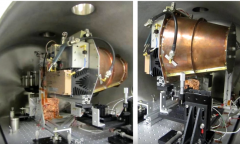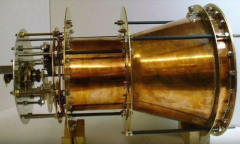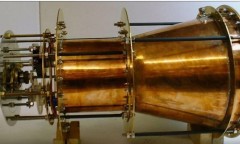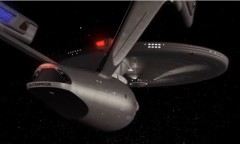By Prei Dy, | May 08, 2017
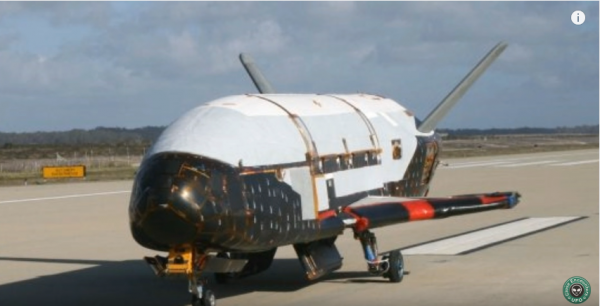
US Air Force X-37B has successfully landed back on Earth after two years in space. (YouTube)
The advanced US X-37B Orbital Test Vehicle spacecraft, described as the "newest and most advanced re-entry spacecraft" by the Air Force, successfully landed on Sunday morning at NASA's Kennedy Space Center after being in space for more than two years.
"The #AirForce #X37B #OTV4 is back after more than 700 days in #Space," US Air Force posted on Twitter. "The #AirForce #X37B #OTV4 has returned from orbit and has landed safely @NASAKennedy."
Like Us on Facebook
The #AirForce #X37B #OTV4 is back after more than 700 days in #Space. @NASAKennedy pic.twitter.com/02WdzMSDJe
— U.S. Air Force (@usairforce) May 7, 2017
"Our team has been preparing for this event for several years, and I am extremely proud to see our hard work and dedication culminate in today's safe and successful landing of the X-37B," Brig. Gen. Wayne Monteith said.
Boeing began the secret X-37B orbital Test Vehicle project under NASA's aegis in 1999. The reusable X-37B was supposed to fix satellites in orbit, but the program was later classified and turned over to the US Air Force in 2004. The spacecraft has been conducting test orbital flights since 2010. And experts said that the X-37B has been used not only to test emerging technologies but also deliver reconnaissance satellites into space. The vessel could potentially be armed with weapons, but the Pentagon has stated that this is not part of its plans, Sputnik News reported.
The #X37B #OTV4 is the newest and most advanced re-entry spacecraft. Find out more about today's landing here: https://t.co/GUGgOMQiYg pic.twitter.com/HfHHVnWhYc — U.S. Air Force (@usairforce) May 7, 2017
Meanwhile, questions about the unmanned aircraft's mysterious mission have started emerging. Although the Air Force maintained that the X-37B plane "performs risk reduction, experimentation, and concept of operations development for reusable space vehicle technologies," there are speculations about its other possible uses such as spying and testing of a secret space weapon, CNN noted.
Many people also believe that the controversial EmDrive was secretly tested on the US Air Force's X-37B aircraft. The International Business Times reported that the technology transfer contract with Boeing was reportedly undertaken in 2009 through a Statement Department TAA and a UK export license granted by the UK MOD. Although the US' DARPA, USAF, and NSSO have knowledge of the contract, the propulsion experiment was declared as a test of a Hall-effect thruster made by Aerojet Rocketdyne.
These rumors surfaced again in March after the X-37B spaceplane exceeded the record of 675 days in orbit. Should this be true, this could fairly explain why the spaceplane remained in orbit past its announced mission life of 200 days.
-
Use of Coronavirus Pandemic Drones Raises Privacy Concerns: Drones Spread Fear, Local Officials Say

-
Coronavirus Hampers The Delivery Of Lockheed Martin F-35 Stealth Fighters For 2020

-
Instagram Speeds Up Plans to Add Account Memorialization Feature Due to COVID-19 Deaths

-
NASA: Perseverance Plans to Bring 'Mars Rock' to Earth in 2031

-
600 Dead And 3,000 In The Hospital as Iranians Believed Drinking High-Concentrations of Alcohol Can Cure The Coronavirus

-
600 Dead And 3,000 In The Hospital as Iranians Believed Drinking High-Concentrations of Alcohol Can Cure The Coronavirus

-
COVID-19: Doctors, Nurses Use Virtual Reality to Learn New Skills in Treating Coronavirus Patients



